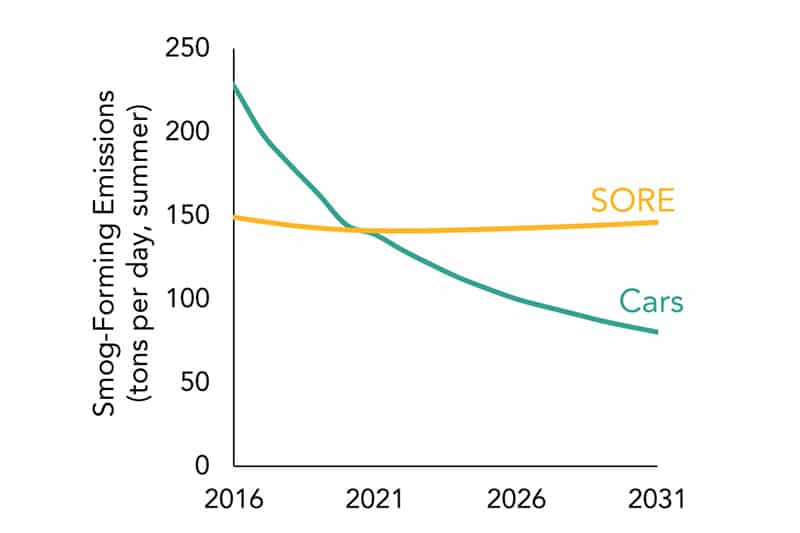For the first time, researchers using the Mira supercomputer at the Argonne Leadership Computing Facility (ALCF), part of the DOE Office of Science, can now quickly design engines for a given fuel. By eliminating the need to develop and test designs and prototypes one at a time, scientists and engineers have reduced their design time from months, to weeks. You can read the full article on Science Daily, but we’ve outlined the main points here.
- The supercomputer can simulate how fuels and engine designs affect performance and emissions.
- Most computers can handle just a few scenarios at once (too few to create a full report on fuel performance during combustion).
- Argonne’s Virtual Engine Research Institute and Fuels Initiative (VERIFI) team was able to simulate over 2,000 engine design combinations.
- Argonne’s simulations were conducted with design scenarios from the Aramco Research Center in Detroit, which included a range of whole-system automotive research:
- advancing spark ignition
- compression ignition
- gasoline compression ignition (GCI)
- Aramco is examining in-market fuels as well as possible new formulations.
- The team simulated fuel-engine performance under four operating conditions and for six piston concepts, plus various fuel injector designs and injection strategies.
- They then narrowed down the best-performing scenarios to two specific sets of piston and injector designs.
A number of interesting designs and engineering findings have come from these studies. We’re excited about the use of supercomputing to help speed up and improve engine design, as well as the positive implications it can have for the industry as a whole. If you have a new engine you’d like to get to market, or general questions about industry changes, give us a call.


